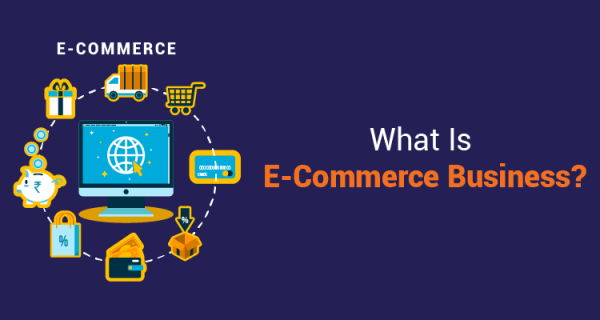When starting an e-commerce business, you must consider a lot of factors for your venture to be successful. For instance, you must only use reliable connections like Xfinity Internet, offer top-notch Xfinity customer service, etc.
It appears easier than ever to launch a new venture, especially in the fields of e-commerce and technology. However, raising capital might be challenging because there is a lot of competition for a limited amount of seed money. Which approaches or funding avenues are most likely to provide the capital you need to expand your company?
In this guide, we will explore what types of capital e-commerce businesses require in order to keep their operations running. Let’s dive in!
What is E-Commerce

Electronic commerce (or e-commerce) is the exchange of products and services, as well as the transfer of money and data, via the World Wide Web. Most of these online deals happen between companies, but some are also between consumers or between businesses and consumers.
E-commerce Business Funding
E-commerce start-ups can get the money they need from e-commerce finance. Retailers can expand their businesses and meet rising market, inventory, and operating costs using these funds. There are six main ways to fund an online business.
Bootstrapping
When an entrepreneur bootstraps, they use their own money to launch their business. The business owner does not have a lot of money, but he is determined to make his startup work with what little he has. Pre-orders are one way in which an entrepreneur can drum up initial funding and then use that money to stock up on inventory. Because of this, he can make all of the important choices. The problem is that this strategy frequently exposes him and his business to needless financial danger.
Crowdfunding
Fundraising is the process of securing financial backing for a personal venture. Online fundraising also allows fundraisers to receive donations from a wider audience. Crowdfunding is a way to raise money, and it also facilitates communication between the business’s owner and potential backers. If the entrepreneur can sell them on his online business idea, these investors will provide cash.
Equity Capitalization
In equity finance, money is accumulated through the selling of stock. Businesses can raise capital by issuing shares to the public. Equity financing is used by some businesses, both short- and long-term, to meet financial obligations and fuel expansion.
Invoice Financing
Every business owner has experienced the frustration that comes from payment delays. In addition to disrupting a company’s cash flow right away, chasing down overdue invoices is a costly and inefficient process. If your e-commerce company frequently has late invoice payments, there are options available to you.
By releasing cash stuck in invoices, invoice financing expedites the collection of payments. Up to 90% of the money you’re due may be provided upfront by the lender. There is also typically very little, if any, waiting involved when using this method of financing.
For online merchants in urgent need of working capital, invoice finance can be a great option. Most online stores rush payments to their suppliers to ensure they can buy inventory in a timely manner. Because of this service, retailers are able to keep amicable working ties with their distributors.
Money Borrowed
To obtain debt financing, a business owner takes out a loan from a financial institution and repays the loan plus interest over a set period of time. Even while it helps him get his firm off the ground, he still has to pay back the loan at a consistent rate or risk filing for bankruptcy.
Profit-Sharing Loans
Investment money is provided to a company through revenue-sharing financing, with the investors receiving a predetermined part of the company’s future gross profits. Revenue-share financing works in a similar way to equity-based and debt financing, although it does not necessitate the sale of business equity. In addition, the business owner does not have to pay interest to the investors when he distributes his profits to them, which is not the case with debt financing.
Tips for Getting Capital for Your E-Commerce Business

If you’re about to start a business or need to expand an already existing one, follow these tips to raise capital:
- Craft a clear business vision
- Explore diverse funding sources
- Consider self-funding for commitment
- Optimize online presence
- Showcase growth potential
- Pitch professionally to investors
- Introduce a minimum viable product (MVP)
- Address concerns and mitigate risks
- Network in the e-commerce community
- Prioritize transparency and honesty
Conclusion
Just like any other type of business, e-commerce needs a steady flow of cash to thrive. Any viable business plan must have access to sufficient funding in order to be implemented. Any means of generating capital can be molded to better serve commercial and consumer interests in the age of e-commerce. The key to effective e-commerce is picking a strategy that works for your business specifically.
Read more :




